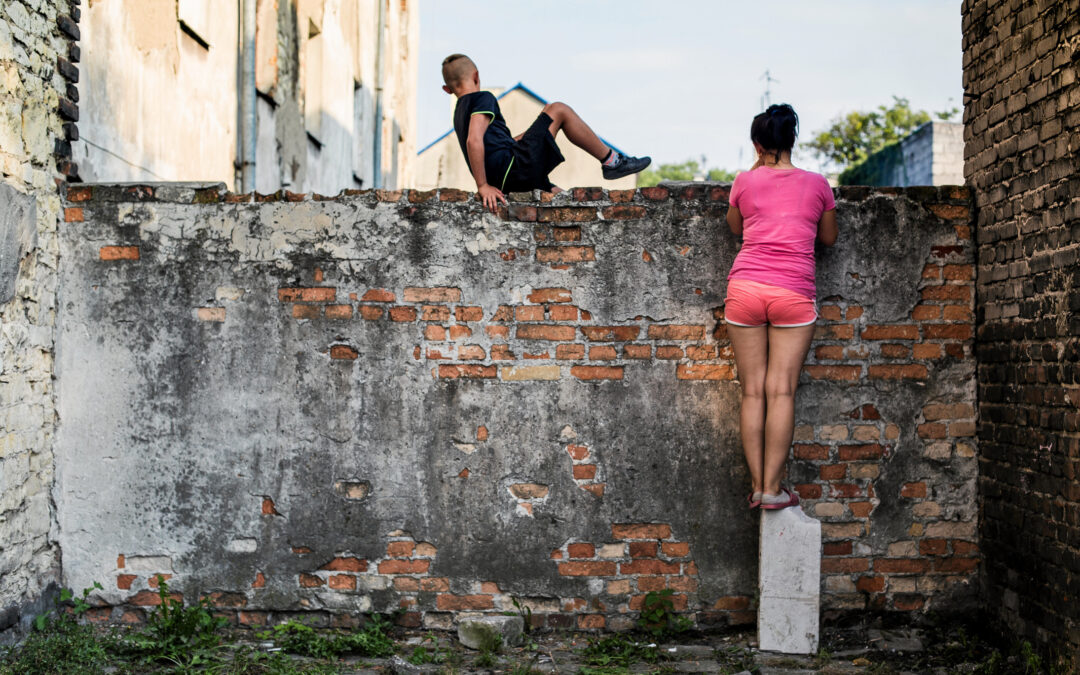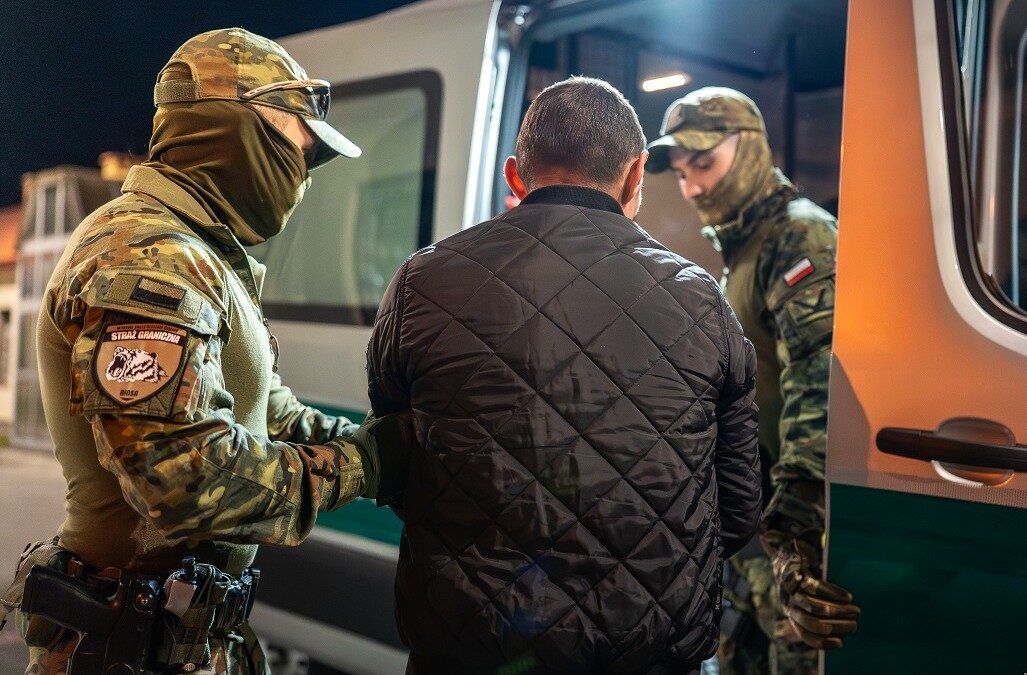The number of Poles living in extreme poverty fell by a fifth in 2021, meaning they made up 4.2% of the population, according to a new report by the Polish branch of the European Anti-Poverty Network (EAPN).
However, EAPN experts believe that, amid soaring inflation, including rapidly rising energy prices, and a refugee crisis, poverty is likely to rise by over two percentage points, which would see Poland regress to the level seen before 2016, when 2.4 million citizens lived in extreme poverty.
Polska bieda w skrócie:
1) W 2021 r. liczba osób w skrajnym ubóstwie zmniejszyła się w porównaniu do 2020 r. i była podobna jak w 2019 r.
2) Obecnie jest dużo lepiej niż w 2015 r.
3) Eksperci @EAPNPoland przewidują jednak, że 2022 r. będzie bardzo zły.https://t.co/4Pd1H4YrU9— Patryk Słowik (@PatrykSlowik) October 17, 2022
The annual EAPN report found that the number of people in extreme poverty declined to 1.6 million last year from 2.0 million in 2020 (which was 5.2% of the population). That brings the figure back to a similar level as 2019, following a rise in 2020 that experts attributed to the pandemic.
Extreme poverty is defined as a level of spending below a threshold of minimal subsistence that is calculated by Poland’s Institute of Labour and Social Studies (IPiSS), a government research institute. The current extreme poverty threshold is 692 zloty (€144) per month for a one-person household.
Meanwhile, the number of Poles living in “relative poverty” – which is defined as 50% of the average spending of households in Poland – rose by around 100,000 to 4.6 million in 2021.
“Regardless of the changes year to year, millions of people in extreme and relative poverty is a great challenge for the government, local authorities and civil society, especially in the case of poverty among children, the elderly and people with disabilities,” said Ryszard Szarfenberg, head of the Polish branch of EAPN, quoted by Wirtualna Polska.
The number of Polish pensioners living in extreme poverty fell by around 67,000 over a year to 246,000 in 2021, according to the EAPN report. “Poverty in Poland has the face of an elderly and disabled person,” Szarfenberg told the Polish Press Agency (PAP).
Poland’s Law and Justice (PiS) government, in power since 2015, has introduced a number of redistributive social policies. These have particularly emphasised support for children – especially through the flagship “500+” child benefit programme – and the elderly.
Under PiS, extreme poverty, which peaked at 7.4% of the population in 2013 and 2014, had fallen to 4.2% by 2019 before a rise amid the pandemic in 2020.
While 2021 saw a return to 4.2%, that progress is now threatened by the threat of inflation (which hit another 25-year-high of 17.2% in September) as well as a possible recession and rise in unemployment, said Szarfenberg.
“The most important thing in all this should be the protection of the poorest, because it is they who are the least able to cope with these problems,” he added.
Main picture credit: Jakub Orzechowski / Agencja Wyborcza.pl

Peter Kononczuk is senior editor at Notes from Poland. He was previously a journalist for Agence France-Presse (AFP) in London and Warsaw.




















